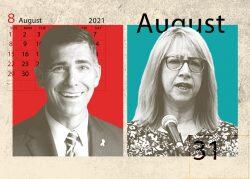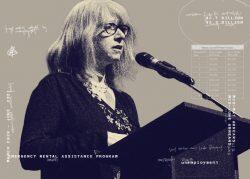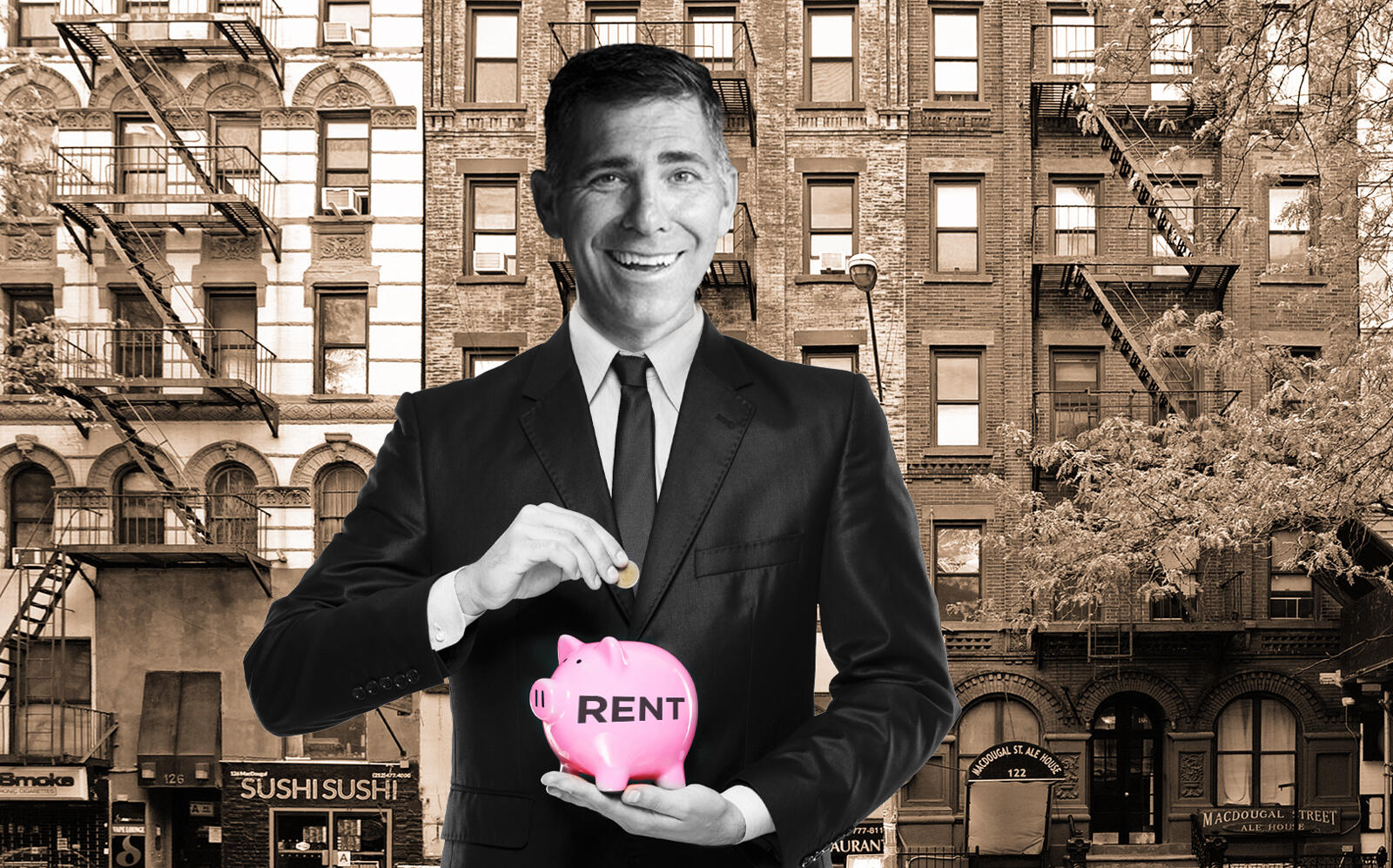Apparently, the checks roll in on Fridays.
That’s when long-awaited rent relief payments have reached the bank account of one Bronx landlord with over $1 million in arrears — the first on August 6, a few more on Friday the 13th and another two last week.
Emails meant to accompany the payments detailing which tenants’ debts the money resolved didn’t hit his inbox until the following Mondays — another delay for a program sullied by holdups.
But now that New York landlords know the state’s emergency rental assistance program is actually making payments, they’re reticent about criticizing further snags. Many hope that if they bite their tongues, funds will flow without further delay and they will finally be able to wash their hands of 17 months of mounting debts.
The Bronx landlord, who still has 82 cases pending, agreed to speak only on the condition of anonymity.
“If I say how incompetent they are,” he said of the state Office of Temporary and Disability Assistance, which runs the program, “I do not wish for them to take their incompetence out on us.”
Initially, the landlord submitted applications for all 91 tenants’ arrears under one management company, as the portal instructed. Then, at the end of July, OTDA notified him that it could not find the account and that the landlord would need to resubmit documents and move to the back of the line.
Eventually, another representative clarified that the owner would have to resubmit documents for each tenant under a separate email address affiliated with each building’s individual LLC.
The landlord was forced to hire extra staff to file the applications. A few weeks later, he received his first payment. But during the wait, the landlord learned that another owner he knew had submitted applications under a single company’s name and had already received checks for 80 percent of his properties.
“I kind of get frustrated when we did the right thing the first time and they said no, you got to do it the other way,” the landlord said. During the wait, more tenants have stopped paying rent with the expectation that ERAP will cover their debts, he said.
In a hearing last week, OTDA commissioner Michael Hein laid partial blame for distribution delays on the lack of “engagement by the landlord.”
Jay Martin, executive director of the Community Housing Improvement Program, a landlord group, said he’s heard from numerous owners who received some funds and don’t want to risk their chances of getting their due by speaking out about problems.
“One owner told me flat out, ‘I’m concerned about being quoted in a story because I’m worried about ramifications — that OTDA will stop processing my checks,’” said Martin. “They don’t want to be seen as looking a gift horse in the mouth.”
Martin said owner concerns about vindictive state agencies aren’t new. Apart from anecdotes about unhelpful representatives, he has never seen proof that such worries are valid, he said.
Owner wariness around the approval process likely stems from the program’s lack of transparency and shifting guidelines. Landlords and tenants have relied on infrequent, puzzling status updates — like “Accept With Risk” — to make sense of where their applications are.
“It’s very confusing,” said Joanna Wang, a Brooklyn landlord who received money for one of her tenants in early August. “If they just had a flowchart or a legend of what each status meant that would be helpful for people.”
While delays have plagued relief rollouts nationally — New York was able to jump from 50th to sixth in the nation for payouts by doling out just 20 percent of their pot — some landlords see the issues with the state portal as especially egregious.
David Lochow, a Syracuse landlord who applied for assistance through a relief portal launched by Onondaga County two months before the state’s, said while his wait was longer — about four months — the application process was smooth sailing.
“Oh my god, the New York State one — I’m just so glad for Onondaga’s site,” Lochow said. “It was very straightforward, simple checkboxes. Really easy to go through,”
And customer service was helpful, to boot, he said. When the portal flagged a problem with an application, they called him to ask for additional paperwork. A week later, the check was in his mailbox.
City landlords using ERAP, meanwhile, have only caught wind of issues on the off chance they logged into the portal and noticed an error message. Wong said that’s the only reason she was able to secure funds.
Landlords see the successful rollout of payments as a possible turning point for tenant relationships strained by the pandemic.
So far, the money Wong received covered her tenant’s back rent and three months forward — a buffer that allowed her to work out a payment plan. The renter will pay a reduced rent over the three months covered by ERAP to lessen her payments for the next year.
“Now she’s able to put some money away toward future rent and manage her budget for the next year,” Wong said.
Others, like the Bronx landlord, will be able to make a dent in property taxes and address repairs they’ve had to delay. Just as long as the money keeps flowing.
Read more


